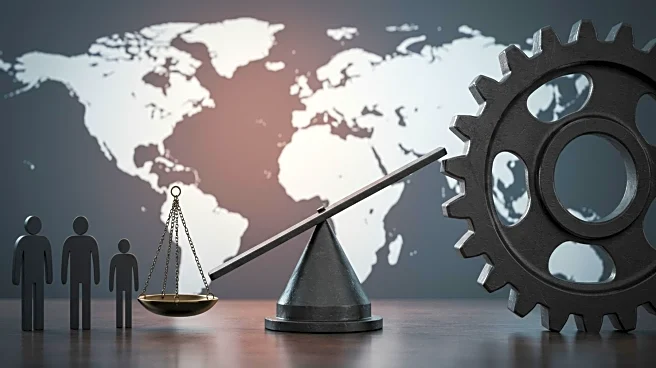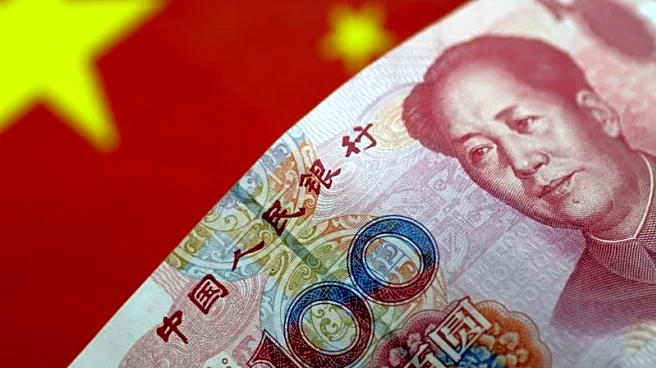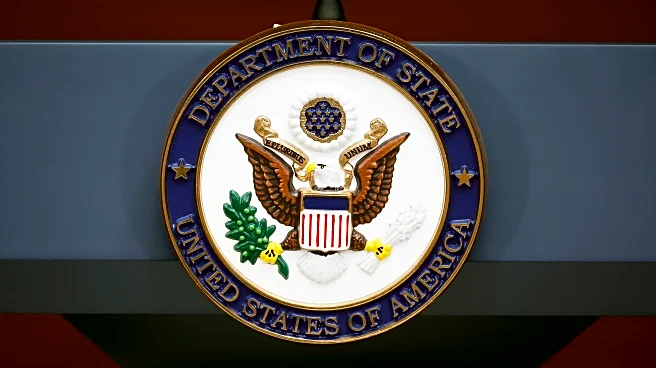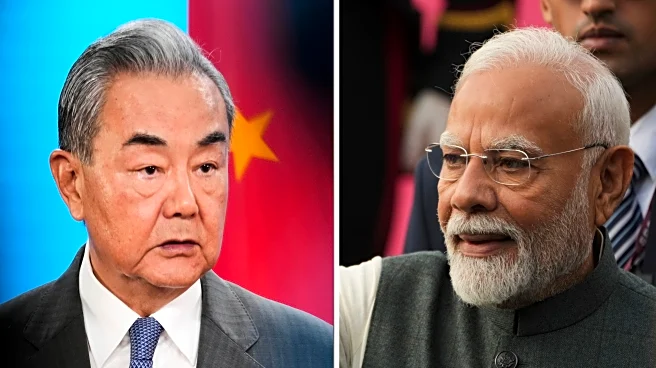What's Happening?
President Trump is set to impose 50 percent tariffs on Indian goods, which could significantly impact businesses reliant on exports such as electronics, gems, seafood, and carpets. Despite the focus on the $46 billion goods trade deficit with India, the two countries maintain a balanced trade in services, amounting to $84 billion last year. This balanced exchange in services has been a consistent feature of the economic relationship between the US and India, with two-thirds of Fortune 500 companies utilizing offshore operations in India for various services.
Why It's Important?
The imposition of tariffs on Indian goods by President Trump could strain the economic relationship between the US and India, potentially leading to retaliatory measures from India. The balanced trade in services highlights the interdependence of the two economies, particularly in sectors like technology and customer service. Disruptions in goods trade could affect industries and consumers in both countries, while the services sector remains a stabilizing factor. The tariffs may also influence global trade dynamics, as other countries observe the US's approach to trade deficits.
What's Next?
The tariffs are expected to take effect next week, prompting potential responses from Indian businesses and government officials. There may be negotiations or diplomatic efforts to address the trade imbalance and mitigate the impact of tariffs. Companies reliant on Indian goods may seek alternative sources or adjust their supply chains. The situation could lead to broader discussions on trade policies and economic strategies between the US and India.
Beyond the Headlines
The focus on goods trade deficits overlooks the significant contributions of services trade, which fosters innovation and collaboration between US and Indian companies. The tariffs raise questions about the long-term sustainability of protectionist trade policies and their impact on global economic integration. The situation may also affect cultural and business ties between the two countries, influencing perceptions and relationships at various levels.













